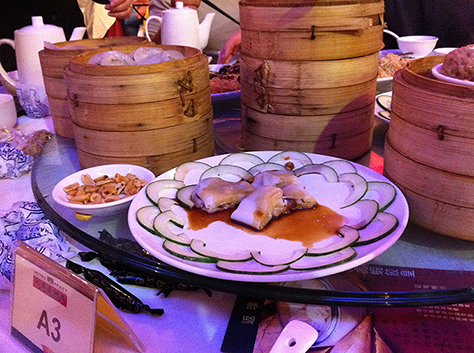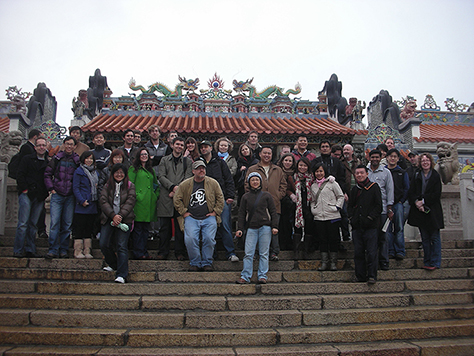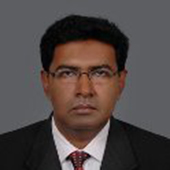Day 1
UX HK took place at the Innocentre, in Kowloon Tong, Hong Kong. At the registration desk, the volunteers were very helpful, and I really liked the UX HK bag containing lots of goodies, including a CD of jazz songs by the Renfrew Group,![]() a jazz ensemble from Hong Kong.
a jazz ensemble from Hong Kong.
There were attendees from Hong Kong, Australia, Taiwan, Singapore, Japan, Russia, Germany, Canada, USA, China, Korea, UK, and India.
The conference started with an introduction by Daniel Szuc, who you can see in Figure 1.
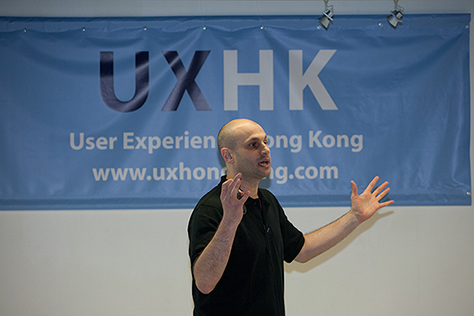
Next, there were short talks by the following speakers:
- “Experience Strategy”—Steve Baty and Janna DeVylder
- “Well, We’ve Done All This Research, Now What?”—Steve Portigal
- “Mobile User Experience Essentials”—Rachel Hinman
- “The Essential UX Toolkit”—Gerry Gaffney
Throughout the day, there were plenty of opportunities for networking and conversations during breaks and at lunch. The organizers organized a nice buffet for lunch. During lunch, we were treated to beautiful jazz songs by the Renfrew Group.
Post-lunch, I attended Steve Portigal’s workshop “Well, We’ve Done All This Research, Now What?” shown in Figure 2. It was really interesting.
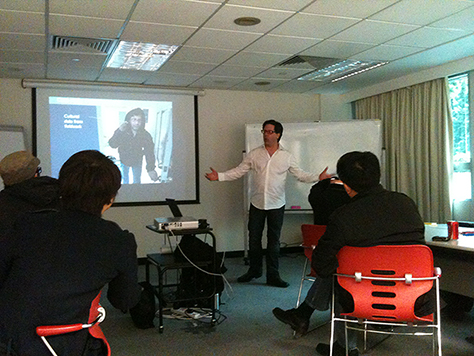
We had a pre-conference assignment that involved our observing people and how they interact with each other and the environment in our local neighborhood. Check out the photos.![]()
This assignment was part of a project for a fictitious company, looking for ideas to redevelop part of Hong Kong and focusing on specific areas. The project had just started, and the company wanted to understand the opportunities through field research.
In the workshop, we started with fieldwork in the neighborhood near Innocentre, then synthesized our findings from the field and progressed to ideation. Here’s a summary of Steve’s presentation in the context of our fieldwork assignment:
- fieldwork—We formed groups and visited the neighborhood to observe people, their interactions and environments, and capture notes and photos.
- synthesis—First, we looked at our data following an informal process that let us form some early impressions of the data. This involved collating our reflections, identifying interesting areas, identifying questions, and creating a Topline Report. Then, we took a more process-based, formal approach to synthesizing our data by developing clusters, identifying patterns, and collating and refining our findings to identify opportunities.
- ideation—We collected questions to consider during ideation by reframing the opportunities into actionable solutions stated in clear language.
Figure 3 shows Steve’s presentation slides, which are available on SlideShare.
